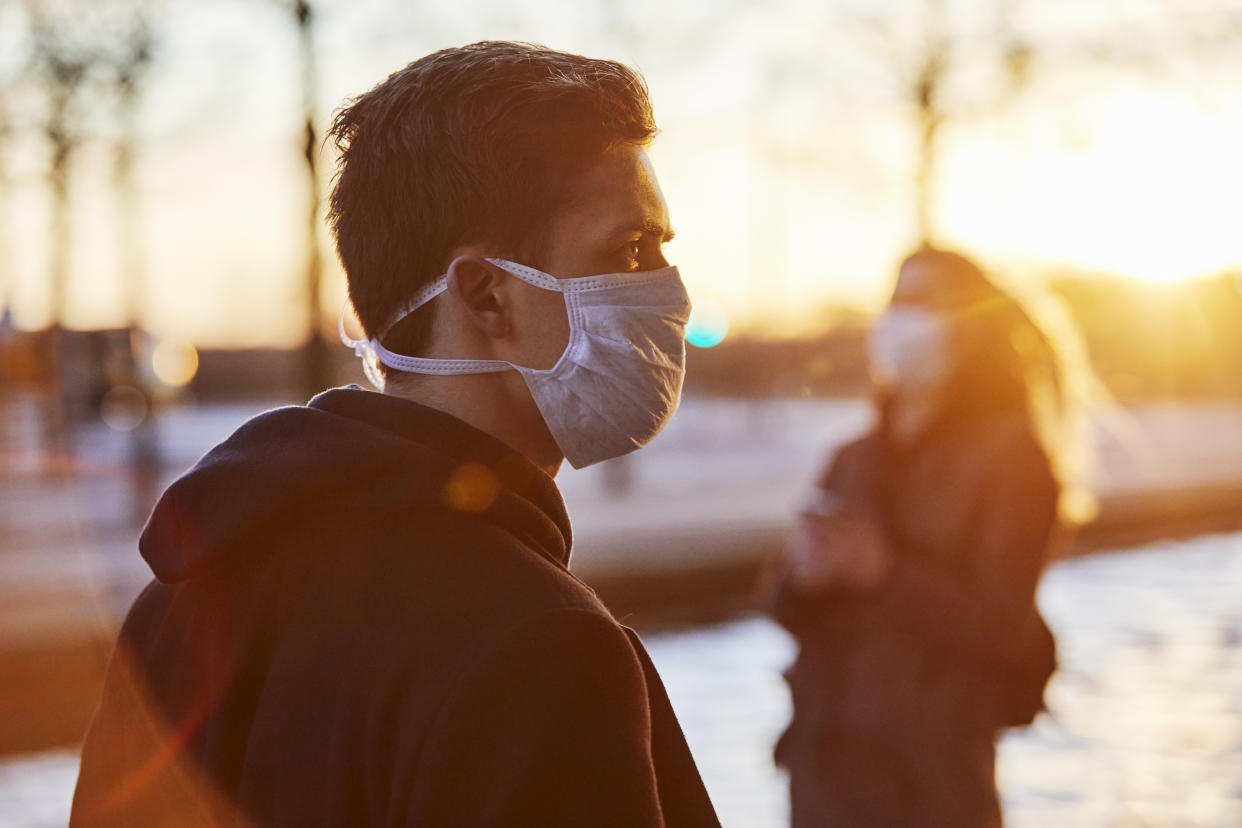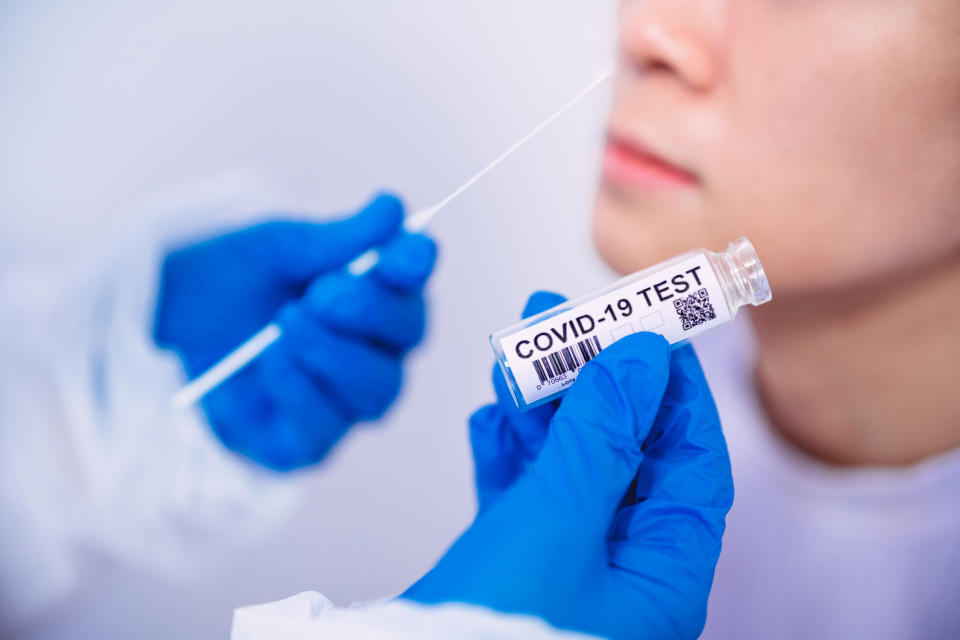England's daily coronavirus death toll expected to reach up to 422 on 5 November, report suggests

England’s coronavirus death toll could reach up to 422 on 5 November, a report has suggested.
Nations throughout Europe are in a dreaded second wave of the infection, prompting French president Emmanuel Macron to announce a second national lockdown until at least the end of November.
The UK government is resisting the extreme measure, despite Imperial College London scientists estimating nearly 100,000 people are catching the coronavirus every day in England alone.
The number of new daily cases is somewhat muddled, however, with a team from the University of Cambridge reporting 55,600 new infections are likely occurring a day in England.
Read more: Long COVID may cause skin symptoms
With hospitalisations and deaths inevitably following a surge in cases, the Cambridge scientists predict between 237 and 422 people will die with the coronavirus on 5 November, just one week away.
On 28 October, 24,701 people tested positive for the infection in the UK, with 310 patients dying within 28 days of a swab.

The number of new coronavirus cases cannot be determined with absolute certainty.
Some patients do not develop the infection’s tell-tale fever, cough or loss of taste or smell, and therefore do not know to get swabbed.
Read more: Coronavirus patients over 65 in the UK can test drugs at home
This is particularly true among young people and children, who may unwittingly spread the infection, not knowing to isolate.
Delays to test results may also mean people who could have been exposed to the coronavirus continue to mix with others.
Watch: Can you catch coronavirus twice?
To better understand England’s daily rate of new infections, the Cambridge scientists analysed a range of data sources, including Public Health England and the Office for National Statistics.
Writing in the report COVID-19: Nowcast And Forecast, the team found the North West and North East are likely the worst affected regions, with a predicted 17,600 new infections a day. Yorkshire comes in second, with an estimated 14,800 new cases every 24 hours.
“Note a substantial proportion of these daily infections will be asymptomatic,” wrote the scientists.
The virus’ reproduction number, or R, is said to be above one across the country. The scientists predict this with “100% probability” in all regions apart from London.
Read more: 14% of all UK coronavirus deaths linked to air pollution
The R number is the number of people a coronavirus patient is expected to pass the virus on to. When R is above one, an outbreak grows.
The scientists predicted R exceeds one in London with 67% probability. The capital city has the highest “attack rate”, however, defined as the proportion of people who have ever been infected, at 21%.
This is thought to be lowest in the South West, at 4%.
Across England, infections are said to be growing by 4% a day, meaning cases are doubling around every 17 days.
Perhaps reassuringly, the R rate is decreasing or plateauing in most regions, suggesting that while the number of new cases continues to rise, the rate of increase has slowed.
This may be down to the government’s tier system, which has left millions throughout England unable to socialise outside of their household.
Nevertheless, “the continued rise in the number of new infections will probably continue unless further interventions or behavioural changes are introduced”, wrote the scientists.
Lead author Professor Daniela De Angelis added: “The estimated trends in R values and growth rates show signs the epidemic is growing at a slower pace in most regions.
“However, the rising number of infections and the R values remaining above one clearly indicate continued transmission, leading to the prediction of a steep rise in the number of COVID-19 [the disease caused by the coronavirus] deaths.
“Curtailing this transmission will require sustained social distancing interventions.”
The Cambridge scientists defined a coronavirus-related death as someone who died within 60 days of a laboratory confirmed test.
“This definition reflects more realistically the burden of COVID-19,” they wrote.
Professor James Naismith from the University of Oxford added: “Nowcasting is an important study from a well-regarded expert group.
“The headline numbers are rather different than [Imperial’s] React survey, an equally well-regarded expert group.
“However, both this group and the React group are very careful to estimate the uncertainty in their numbers.
“Our elected representatives have to make decisions with this imperfect data.”
He added: “If the virus is growing rapidly, then waiting until we are sure, will result in significant additional deaths and illness resulting from the virus that could have been saved.
“Taking these studies together or individually, we can be almost certain we will see an increase in the number of deaths per day from COVID-19 over the next few weeks, and each death will represent a tragedy for the families and friends left behind.”
While the report’s results may be alarming, research has shown death rates among critically-ill COVID patients in England halved between March and June.
The virus initially had no set treatment, with critically-ill patients being offered supportive care – like ventilation – while their immune system worked to fight off the infection naturally.
Encouraging studies into low-cost steroids later “added a further weapon in the armoury in the worldwide fight against COVID-19”.
Watch: What is long COVID?



